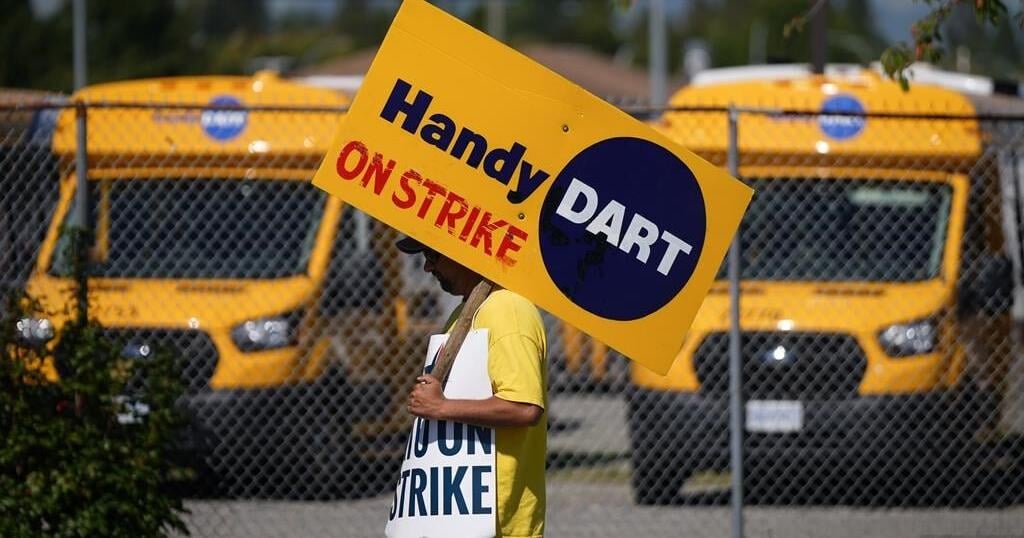The roots of media misrepresentation run deep, echoing historical prejudices that have permeated societal attitudes towards Black Canadians. From early caricatures that reinforced racial hierarchies to the limited roles Black individuals were assigned in film and television, the historical narrative has left an indelible mark.
In recent years, strides have been made towards more inclusive and authentic representations of Black Canadians. Yet, these advancements coexist with persistent tropes and stereotypes that continue to shape public perceptions. The notion of the “angry Black person,” the limited scope of roles available, and the prevalence of tokenism are issues that persist.
As cinema and television emerged as dominant cultural forces, Black Canadians found themselves confined to limited, often demeaning, roles. The prevailing sentiment dictated that certain roles were deemed unfit for Black actors, further entrenching the idea that their narratives were secondary or even inconsequential. This limitation not only impacted the portrayal of Black individuals but also influenced societal perceptions, contributing to a skewed understanding of their diversity, aspirations, and contributions.
Visual storytelling, through film, television, and digital media, is a potent force in shaping how individuals are perceived. The repeated exposure to certain images, storylines, and characterizations contributes to the formation of societal norms and biases.
Even in arenas where Black Canadians have excelled, such as sports and entertainment, media coverage can be tinged with stereotypes. From preconceived notions about athleticism to limited narratives around success, media influences how achievements are framed and perceived.
Media does not merely reflect society; it also influences how individuals within the Black community perceive themselves. Limited or distorted representations can contribute to a sense of cultural alienation, impacting self-esteem and the forging of identity.
Beyond shaping perceptions, media misrepresentation has tangible social and economic consequences. From limited opportunities in various sectors to the reinforcement of systemic inequalities, the impact extends beyond the screen.
Efforts to rectify misrepresentation involve a multipronged approach. Supporting and promoting diverse voices, embracing intersectionality, and fostering authentic storytelling are crucial steps in dismantling harmful stereotypes.
Media outlets bear a significant responsibility in dismantling harmful narratives. Editorial choices, casting decisions, and narrative framing should be made with a keen awareness of their potential impact. Upholding ethical standards in storytelling is crucial for dismantling harmful stereotypes.
The responsibility for dismantling harmful narratives is not exclusive to media creators. Engaging critically with media, questioning stereotypes, and supporting diverse narratives are essential components of breaking the cycle of harmful representations.
The future of media representation holds the promise of a reimagined narrative. By dismantling stereotypes, embracing diversity, and fostering authentic storytelling, media can become a catalyst for societal change.
In navigating the intricate relationship between media representations and societal perceptions, the complexities and nuances cannot be overstated. Black Canadians, like any community, deserve to be portrayed authentically, with their diverse stories told in all their richness.
This article serves as an in-depth exploration of how media representations impact the perception of Black Canadians, acknowledging historical contexts, contemporary challenges, and the collective responsibility for change.
























